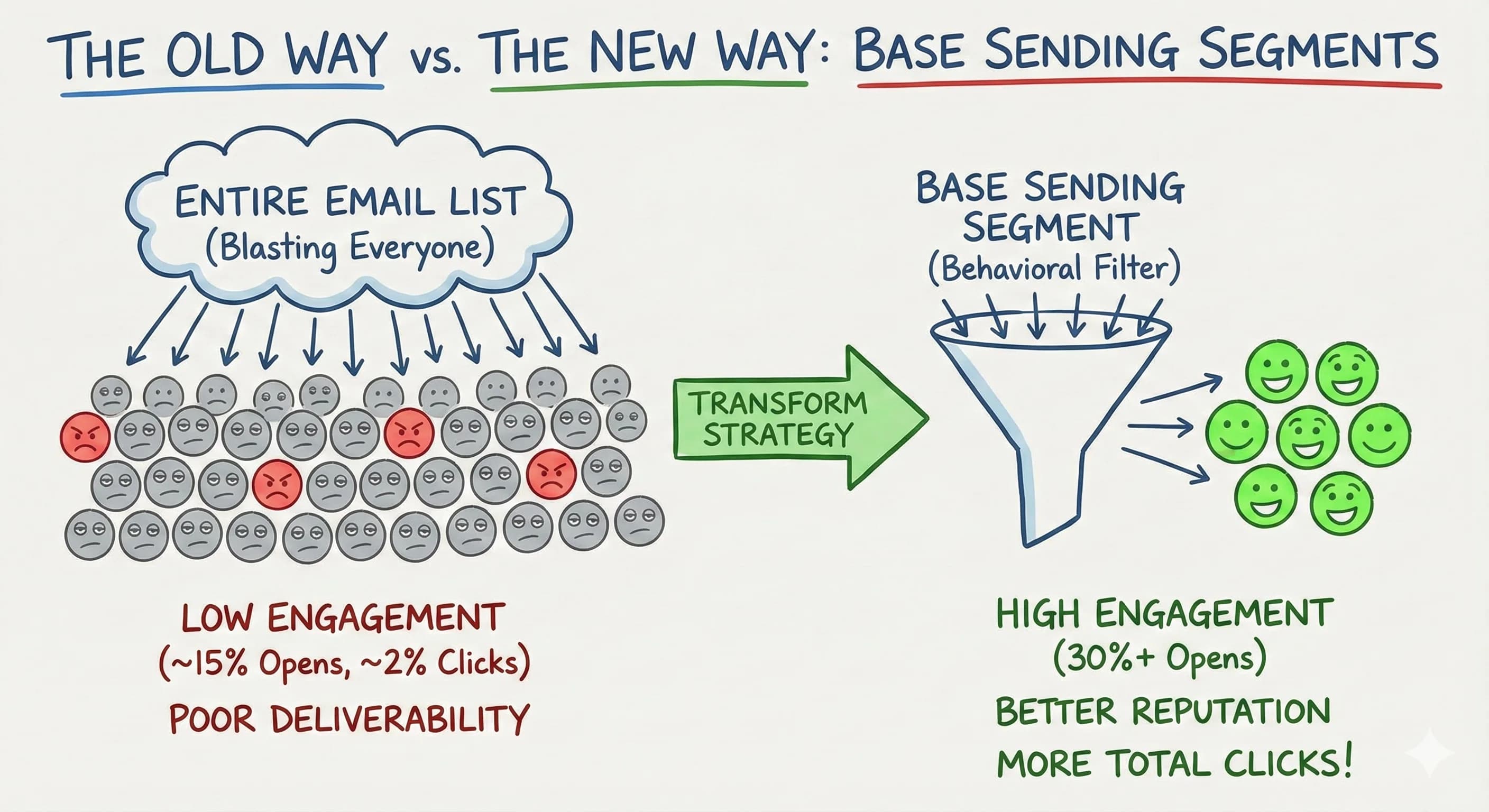Transform Your Email Marketing Strategy with Base Sending Segments: The Secret to Higher Engagement Rates
Stop sending emails to your entire list. Learn how content creators use base sending segments to boost engagement rates and improve email deliverability.
•6 min read
Details
Topic:
Platforms:

Loading content...

